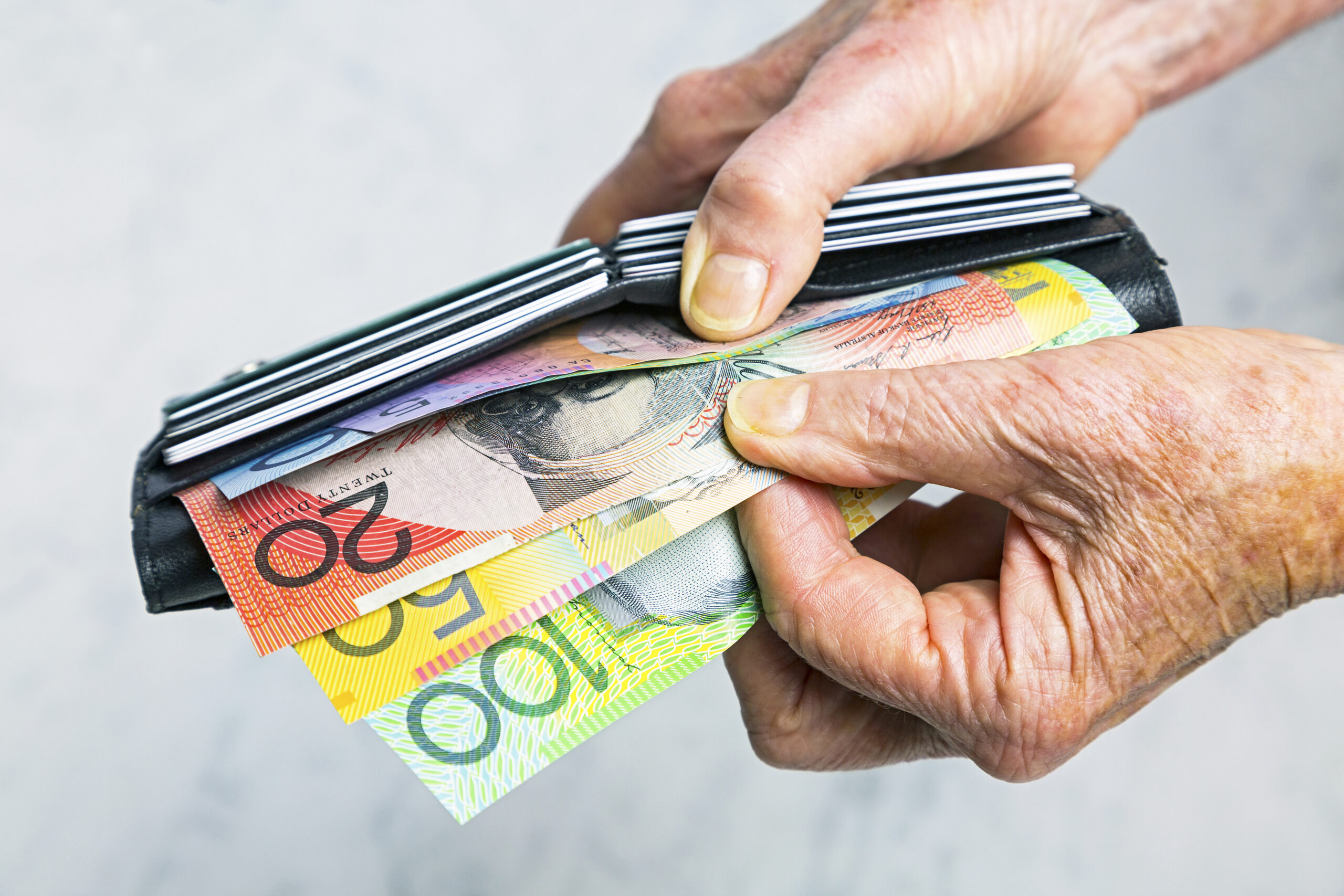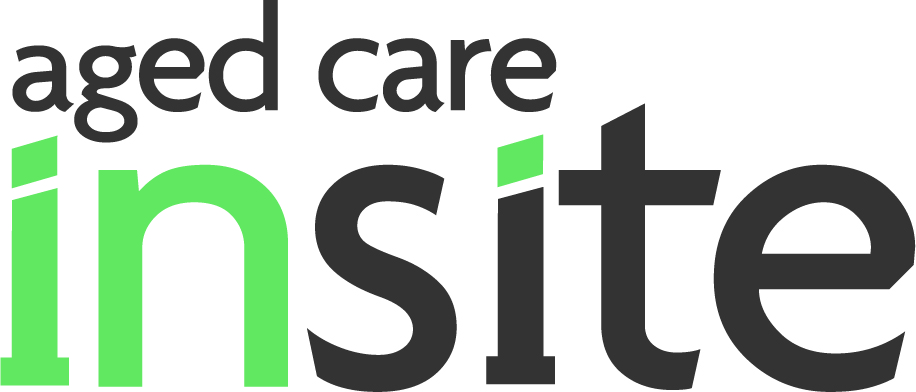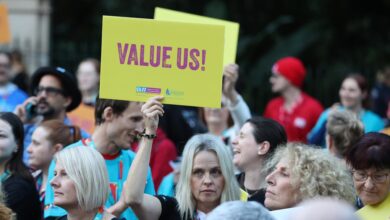Tax cuts from July 1: how you’ll benefit

From taxes and minimum wages to energy costs and superannuation, Australia’s financial landscape will change dramatically from July 1.
All Australians will get a cash boost as the stage three tax cuts kick in, however low and middle income earners stand to benefit most:
- If you earn under $18,200 you will now remain under the tax free threshold
- Tax rates for those earning between $18,201 – $45,000 has dropped from 19 to 16 per cent
- If your taxable income is between $45,001 and $135,000 your tax rate has dropped from 32.5 per cent to 30 per cent
Treasurer Jim Chalmers said the cuts, announced in January were designed to benefit families and middle-income Australians.
“Fighting inflation and easing the cost of living is our priority,” Dr Chalmers said.
“Our economic plan is all about helping Australians earn more and keep more of what they earn, and that’s why we’re focused on strong and sustainable wages growth and cost of living tax cuts which will kick in from July 1.”
New data from consumer comparison website Finder shows many Australians are feeling the pinch of current living costs, with just two in five, or 40 per cent, of Australians with less than $1000 in their bank account, while 23 per cent of Australians, or about 4.8 million people, say they have no savings at all.
Personal finance expert Sarah Megginson said July 1 is the first step for some Australians to try to relook at their finances.
“The end of the financial year always brings with it the opportunity to get your finances in order,” she said.
“But this year, there’s an added incentive to get all your ducks in a row, as you’ll have more money to work with via tax cuts and energy credits.
“Tax filing season starts on 1 July, but most people will need to wait a few weeks for an income statement from their employer.
“Australians should carefully consider what they do with their returns. Think of how you can use the cash boost to your best advantage.
“You might want to use it to tackle debt, free yourself from overdue bills or give your savings account a healthy jump-start.”
Here are some of the major changes coming from July 1:
Stage Three tax cuts
As part of the tax cut package, Australians will pocket between $350 and $4500 in extra cash each year depending on their income bracket..
Big four bank NAB estimates more than a third of the beneficiaries, or 36 per cent, plan to save extra money rather than splurging on non-essentials.
Will you save your tax cut?
Twenty-nine per cent of people plan to alleviate living cost pressures with the cash boost, 22 per cent will use it to pay down debt, while almost eight in ten said they were trying to save more money.
Minimum wage
The minimum wage and award wages will increase by 3.75 per cent from July 1 following a recent Fair Work Commission decision.
That means the national minimum wage increases from $23.23 per hour to $24.10 per hour or from $882.80 per week to $915.91 per week – based on a full-time, 38-hour working week.
Paid parental leave
The amount of leave eligible parents can access is increasing.
At the moment, parents can access up to 100 days of paid leave or 20 weeks based on a five-day work week but from July 1, parents will be eligible for 110 days, or 22 weeks.
This increases to 120 days, or 24 weeks, in July 2025 and then 130 days, or 26 weeks, in July 2026.
Energy bill relief
Ten million households will be given $300 in energy bill rebates, while one million small businesses will be $325 better off.
The credits will be applied in quarterly instalments over the financial year, and the entire package will cost the budget $3.5bn.
Treasurer Jim Chalmers said the energy bill support formed part of a targeted “cost-of-living” relief package.
“The reason we’ve gone broad with the energy bill rebates is we recognise these cost-of-living pressures are felt up and down the income ladder,” he said.
“We’ve found a responsible way to provide assistance more broadly and in a more targeted system."
Superannuation
The super guarantee is increasing to 11.5 per cent.
It will then increase by a further 0.5 per cent on July 1, 2025 to 12 per cent.
To get an estimate of how the stage 3 tax cuts will benefit you this financial year, visit the ATO's tax cut calculator here.
Email: [email protected]




